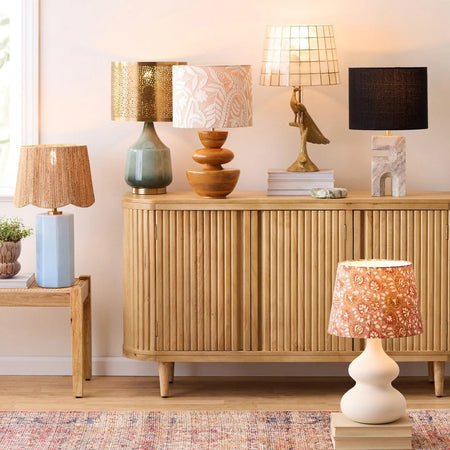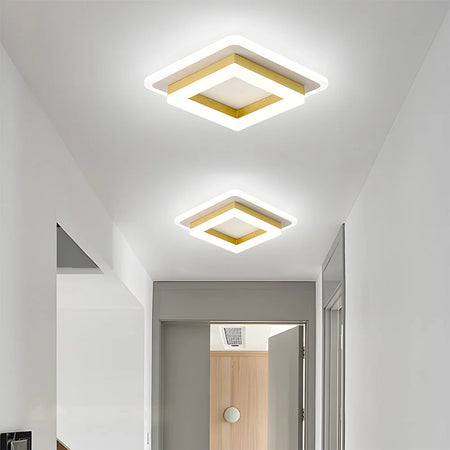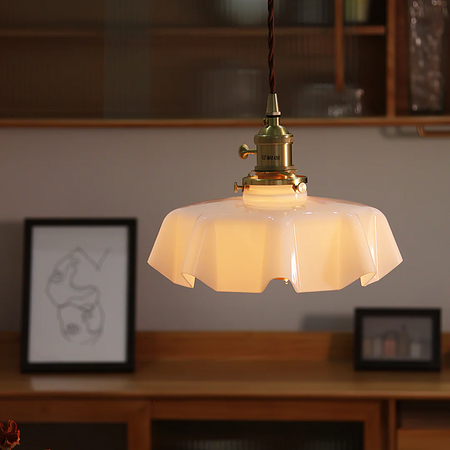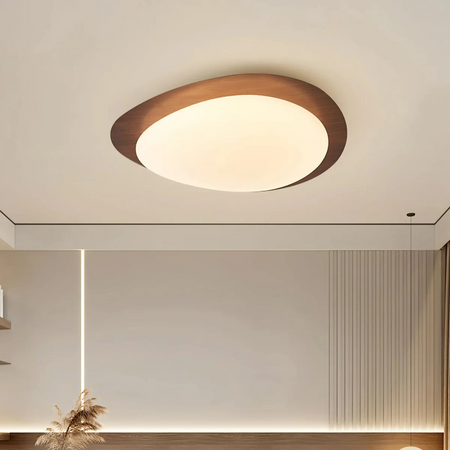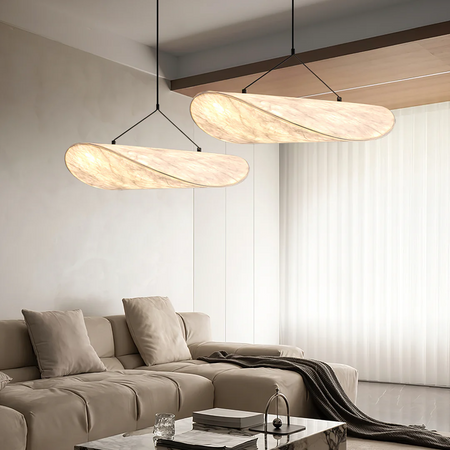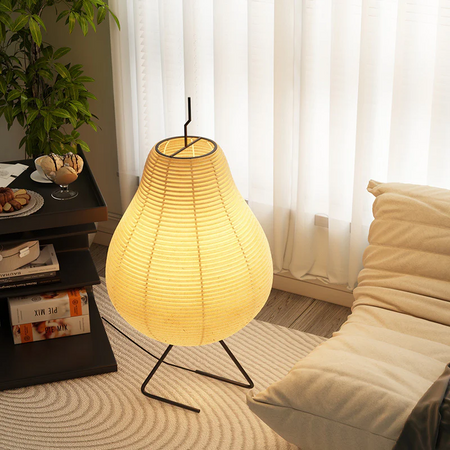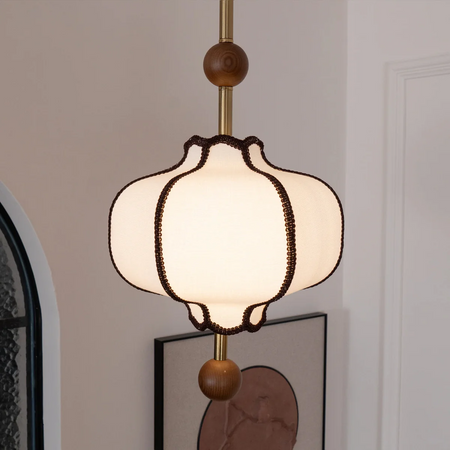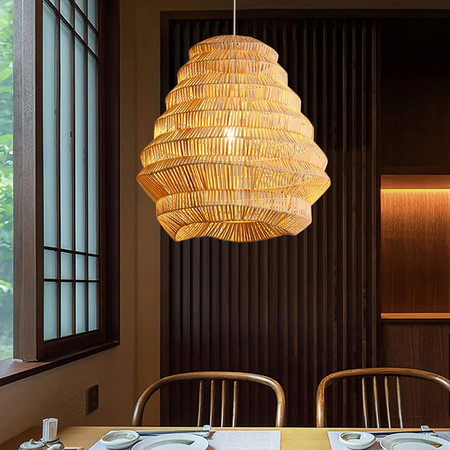How to choose pendant lights
October 29, 2025 – Peyton stella Allison
When you choose pendant lights for your home, start by looking at your space and thinking about what kind of light you need. Measure carefully, decide how many pendants work best, and check the right height for each one. Pick a style that fits your room and choose bulbs that set the mood you want. Many people make mistakes like hanging lights too low, picking ones that are too big for the room, or using bulbs that feel too harsh. By following simple steps, you can avoid these issues and make your home feel just right.
Key Takeaways
Assess your space before choosing pendant lights. Measure the area and consider where you want to hang them.
Choose the right size for your pendants. A good rule is to select a pendant that is one-third the width of the surface below it.
Hang pendant lights at the correct height. Aim for 30 to 36 inches above tables or islands for safety and comfort.
Select bulbs that match your lighting needs. Use warm white bulbs for cozy settings and brighter bulbs for task lighting.
How to Choose Pendant Lights
Assess Your Space
Before you pick out any lights, take a good look at your room. Think about where you want to hang your pendant lights. Is it over a kitchen island, a dining table, or maybe in a hallway? Each spot has its own needs. For example, kitchen islands and dining tables are popular places for pendant lights because they help you see what you’re doing and make the space feel cozy.
You also need to check the size of your space. A small room might feel crowded with a large pendant, while a big room could look empty with a tiny one. A good rule is to choose a pendant that is about one-third the width of the surface below it. If you have a long table or island, you might want to use more than one pendant. Make sure you leave enough space between each light—usually about 30 to 36 inches apart—so the room feels balanced.
Tip: Always look at your ceiling height. High ceilings can handle bigger or longer pendants, but low ceilings need shorter ones so people don’t bump their heads.
Take a moment to notice how much natural light your room gets during the day. If your space is already bright, you might want pendant lights that add a soft glow at night. If the room feels dark, you’ll need pendants that give off more light.
Define Lighting Needs
Now, think about what you do in the room. Do you need bright light for cooking or homework? Or do you want a soft, relaxing mood for family dinners? The way you use the room helps you decide what kind of lighting works best.
There are four main types of lighting you can use with pendant lights:
Task Lighting: This is for jobs like chopping veggies or reading. Pendant lights work great over kitchen islands or desks because they shine light right where you need it.
Ambient Lighting: This type fills the whole room with a gentle light. Pendants can help with this if you use several of them or pair them with other lights.
Accent Lighting: Use this to highlight a cool feature, like a piece of art or a pretty corner.
Decorative Lighting: Sometimes, you just want your lights to look amazing and add style to your space.
When you choose pendant lights, match the brightness to your activities. For example, kitchens need more light than living rooms. If you want to highlight a special spot, pick a pendant that focuses light right there.
To sum it up, here’s a simple process to help you choose pendant lights:
Look at your space and measure the area.
Decide what you do in the room and how much light you need.
Pick the right size and number of pendants.
Choose a style and material that fits your home.
Hang them at the right height for safety and comfort.
If you follow these steps, you’ll find it much easier to choose pendant lights that make your home look and feel just right.
Measure and Size Guide
Measure and Size Guide
Room and Table Measurements
Before you pick out any pendant lights, grab your tape measure. Getting the right size starts with knowing your room and table measurements. Here’s what you need to check:
Measure the length and width of your room in feet. Add those numbers together. The answer, in inches, gives you a good starting point for the ideal diameter of your pendant light. For example, if your room is 12 feet by 14 feet, add 12 + 14 to get 26. So, a pendant with a 26-inch diameter fits well.
If you want to hang a pendant over a table, measure the width of the table. Choose a pendant that is about half to three-quarters the width of your table. For a five-foot round table, look for a pendant between 30 and 45 inches wide.
When hanging pendants above a dining table, keep them 30 to 36 inches above the tabletop. If your ceiling is higher than 9 feet, go for 36 inches. For 8-foot ceilings, 30 inches works best.
Tip: Always leave enough space between each pendant. Try to keep at least 18 inches between them, or space them apart by at least the width of each pendant.
Pendant Size Rules
Getting the size right helps your space look balanced and bright. Here are some easy rules to follow:
For kitchen islands, use the one-third rule. Each pendant should be about one-third to one-half the width of your island. If your island is 3 feet wide, pick pendants that are 12 to 18 inches wide.
To avoid crowding, subtract 12 inches from the width of your island. This number is the maximum diameter for each pendant.
Space your pendants so they don’t feel cramped. Keep at least their width apart, and never less than 18 inches.
When you measure and follow these simple rules, you make it much easier to choose pendant lights that fit your space and style.
Placement and Number
How Many Pendants
You might wonder how many pendant lights you actually need. The answer depends on the size of your space and what you want to light up. For a kitchen island shorter than 5 feet, two pendants usually work best. If your island is longer, you can add a third pendant for more even lighting. Always make sure you leave enough space between each light so the area doesn’t feel crowded.
f you want a single bold look, one large pendant can make a statement over a table or in an entryway. For a dramatic effect, try clustering several smaller pendants together.
Spacing and Arrangement
Getting the spacing right makes your pendant lights look balanced and helps the room feel comfortable. Here are some easy tips:
Keep at least 1.5 times the width of the shade between each pendant.
Leave at least the width of the shade between the outer pendants and the edge of your table or island.
Most people find that 24 to 30 inches between the centers of each pendant works well.
If you want to get more precise, try these steps:
For two pendants, measure the length of your island and divide by four. This gives you the distance from each side to hang your pendants.
For three pendants, place the middle one in the center. Then, divide the island’s length by three to space the left and right pendants evenly.
You can also choose how to arrange your lights. Here’s a table with popular options:When you choose pendant lights, think about how many you need and how you want them to look together. The right placement and arrangement can make your space feel just right.
Pendant Height and Installation
Standard Hanging Heights
Getting the height right makes your pendant lights look great and work well. If you hang them too high, you lose the cozy feeling. Hang them too low, and people might bump their heads.
You should hang pendant lights about 30 inches above a dining table. For kitchen islands, go for 30 to 36 inches above the countertop. This keeps the lights close enough for good task lighting but high enough so you can see across the table or island.
Tip: If you have a higher ceiling, you can hang your pendants closer to the 36-inch mark. Lower ceilings work better with the 30-inch minimum.
Adjust for Function and Safety
Every room is different, so you might need to tweak the height a bit. Here are some easy ways to get it right:
For tall ceilings, raise your pendants closer to 36 inches above the surface.
For lower ceilings, stick to about 30 inches.
Make sure the lights give you enough light for cooking, reading, or eating.
Keep the lights high enough so they don’t block your view or get in the way.
Safety matters, too! Always turn off the power at the circuit breaker before you start any electrical work. If you feel unsure, hire a licensed electrician. They know how to handle wires and can help you avoid mistakes. Look for fixtures with a UL certification to make sure they meet safety standards. Follow the instructions from the manufacturer and use the right wire connectors.
Note: Good installation keeps your home safe from electrical problems like short circuits or fires. Take your time and double-check everything.
When you set the right height and follow safety steps, your pendant lights will look amazing and work perfectly.
Style, Material, and Bulbs
Style, Material, and Bulbs
Match Your Decor
Picking pendant lights that match your decor makes your space feel complete. Start by thinking about your home’s style. Do you like things simple, bold, or cozy? You can use your favorite decorating style as a guide. Platforms like Pinterest help you spot what you love. Once you know your style, choose fixtures that fit so your rooms look connected.
You can create harmony by using a unified theme, playing with scale, layering different lights, or mixing finishes. Try varying the size of your fixtures for balance. Combine pendants with other lights to make your room feel bright and welcoming.
Tip: Mixing finishes like brass, matte black, or glass adds depth and personality to your space.
Choose Materials and Finishes
Materials and finishes change the look and feel of your pendant lights. Metal pendants give a modern or industrial vibe. Glass pendants feel open and airy. Wood brings warmth and a rustic touch.
Different finishes set the mood. Brass or copper feels warm and fancy. Matte black pops against light walls. Polished metal looks sleek. Glass or acrylic keeps things light and modern.
Glass pendants open up a room.
Metal fixtures add edge.
Wood makes things cozy.
Matte finishes create a relaxed vibe.
Select Bulbs
Choosing the right bulbs matters for both mood and energy use. LED bulbs save energy and lower your bills. They last longer than old-style bulbs. Warm white bulbs (2700K–3000K) make your dining area feel inviting and cozy. Dimmable bulbs let you change the brightness for any occasion.Note: Pick bulbs that match your needs. Cozy dinners? Go warm. Need focus? Try cooler light. Dimmable options give you control.
You can pick the perfect pendant lights by following a few simple steps. Measure your space, choose the right size, and hang each light at the best height. Keep these tips in mind:
Avoid picking lights that are too big or too small.
Hang pendants 30–36 inches above tables or islands.
Use energy-saving bulbs for a cozy feel.
Step What to Do
Measure Check room and table size
Placement Space lights evenly
Style Match your decor and needs
Pendant lights can make your home feel warm and inviting. Use this guide as your checklist, and watch your space shine! ✨
FAQ
How high should you hang pendant lights above a kitchen island?
You should hang pendant lights 30 to 36 inches above your kitchen island. This height gives you good light for cooking and keeps the lights out of your way.
Can you mix different pendant styles in one room?
Yes, you can mix styles! Try combining shapes or finishes for a unique look. Just keep a common color or material so your space feels connected.
What size pendant light works best for a small room?
Pick a pendant that is 12 to 16 inches wide for small rooms. Oversized lights can make the space feel crowded. Measure your room first to find the right fit.
Do pendant lights work with dimmer switches?
Yes! Most pendant lights work with dimmer switches. You can adjust the brightness for any mood. Make sure your bulbs are dimmable before you install the switch.







